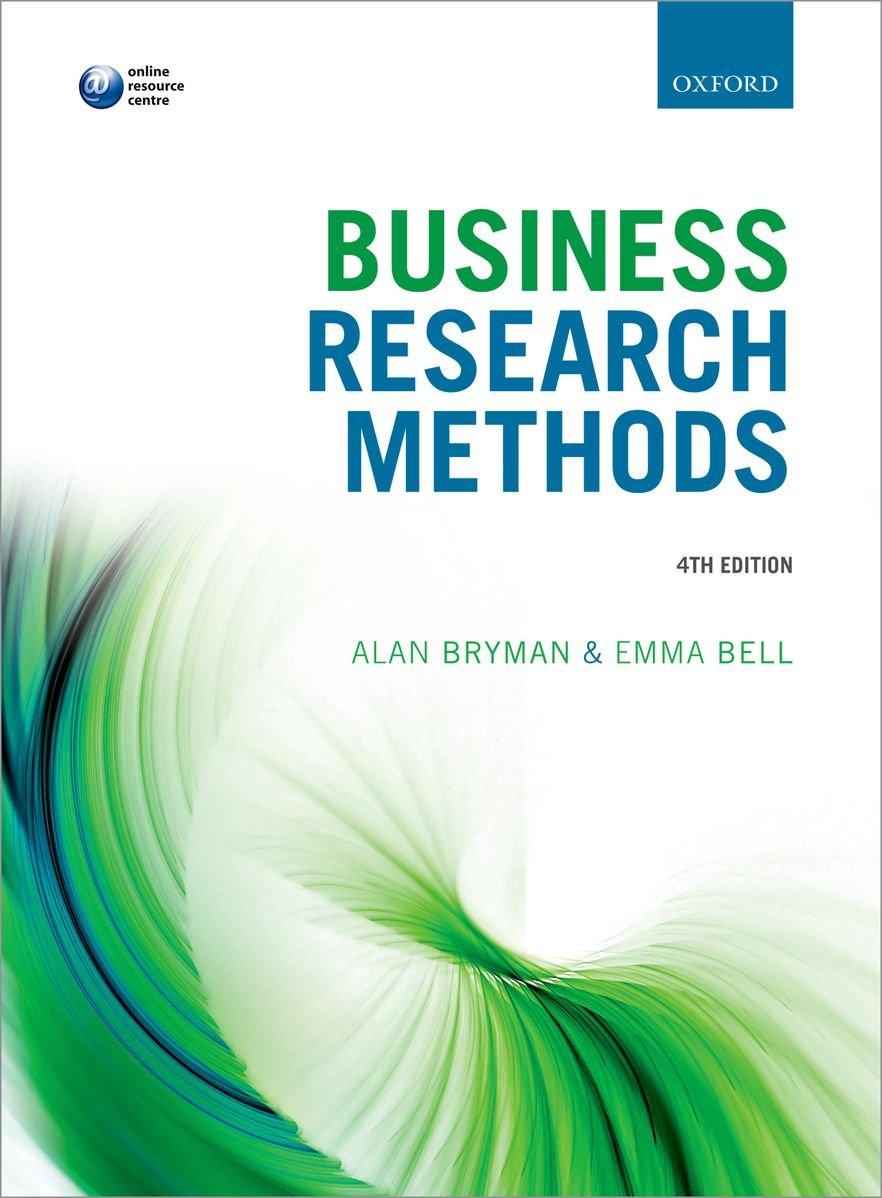Question
1. the basic management functions include ________. a. planning, commanding, and coordinating b. planning, organizing, and controlling c. planning, organizing, coordinating, and controlling d. planning,
1. the basic management functions include ________.
| a. | planning, commanding, and coordinating |
| b. | planning, organizing, and controlling |
| c. | planning, organizing, coordinating, and controlling |
| d. | planning, organizing, staffing, directing, and controlling |
2. ________ are responsible for making organization-wide decisions and establishing the plans and goals that affect the entire organization.
Question 2 options:
| a. | Lower Managers |
| b. | Middle Managers |
| c, | Top Managers |
| d. | None of the above |
3. Donald's ability to complete activities efficiently and effectively with and through other people is known as ________.
| a. | leadership |
| b. | entrepreneurship |
| c. | management |
| d. | delegation |
4. Ellen's ability to produce the same amount of product with fewer personnel is a reflection of her ________.
| a. | efficiency |
| b. | effectiveness |
| c. | organization |
| d. | smartness |
5. Which one of Fayol's 14 principles of management states that a person should report to only one manager?
Question 5 options:
| a. | Unity of Authority |
| b. | Unity of Command |
| c. | Unity of Direction |
| d. | Unity of Work |
6. Goals are different from plans because ________.
Question 6 options:
| a. | goals are important only for small companies, and plans are important only for large companies |
| b. | goals are desired outcomes, and plans describe how those outcomes will be accomplished |
| c. | goals describe financial objectives, and plans describe objectives related to social responsibility |
| d. | goals identify specific steps that the organization needs to achieve, and plans identify the overall mission of the organization |
7. ________ plans are set by top management and apply to the entire organization and establish the organization's overall goals.
| a. | Vision |
| b. | Operation |
| c. | Tactical |
| d. | Strategic |
8. Motivating subordinates is primarily associated with the management function of ________.
Question 8 options:
| a. | planning |
| b. | directing |
| c. | staffing |
| d. | controlling |
9.The organizational chart shows titles such as front-line manager, plant manager, and vice president of operations. It is very likely this organization has a ________.
Question 9 options:
| a. | traditional committee structure |
| b. | flexible structure |
| c. | traditional pyramid structure |
| d. | modern matrix structure |
10. Kelly, a production supervisor, is responsible for ten employees who assemble components into a finished product. Kelly is a ________________.
| a. | Top Manager |
| b. | Middle Manager |
| c. | Company Owner |
| d. | Lower Manager |
11. ________ involves defining the organization's goals, establishing strategies for achieving those goals, and developing plans to integrate and coordinate work activities.
Question 11 options:
| a. | Planning |
| b. | Logistics |
| c. | Operations |
| d. | Organizing |
12. ________ refers to the rights inherent in a managerial position to tell people what to do and to expect them to do it.
| a. | Responsibility |
| b. | Bureaucracy |
| c. | Authority |
| d. | Legitimacy |
13. If top managers make key decisions with little input from below, then the organization is ________.
| a. | more centralized |
| b. | less mechanistic |
| c. | more decentralized |
| d. | less formalized |
14. In the early 20thcentury, automobiles were made one at a time by craftsmen who could perform every operation necessary to build the car. Henry Ford decided to limit the number of tasks each worker performed so each person could become expert in his position. With this practice, Ford introduced ________.
| a. | departmentalization |
| b. | Formalization |
| c. | Centralization |
| d. | work specialization |
15. ________ is a process of setting mutually-agreed upon goals and using those goals to evaluate employee performance.
| a. | Management by Observation |
| b. | Management by Goals |
| c. | Management by Objectives |
| d. | Management by Agreements |
Step by Step Solution
There are 3 Steps involved in it
Step: 1

Get Instant Access to Expert-Tailored Solutions
See step-by-step solutions with expert insights and AI powered tools for academic success
Step: 2

Step: 3

Ace Your Homework with AI
Get the answers you need in no time with our AI-driven, step-by-step assistance
Get Started


